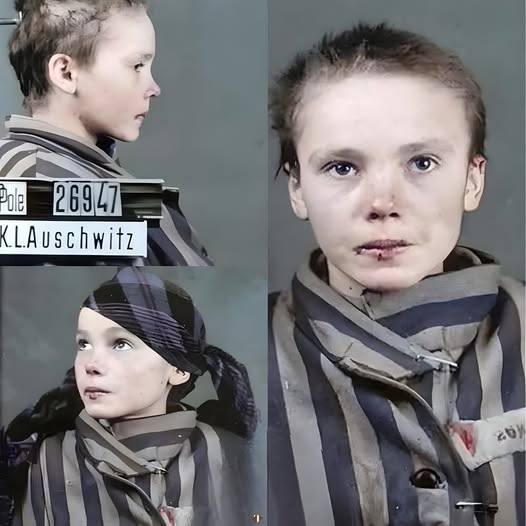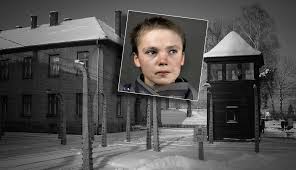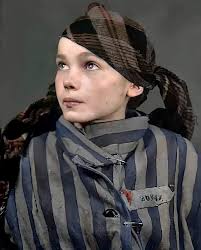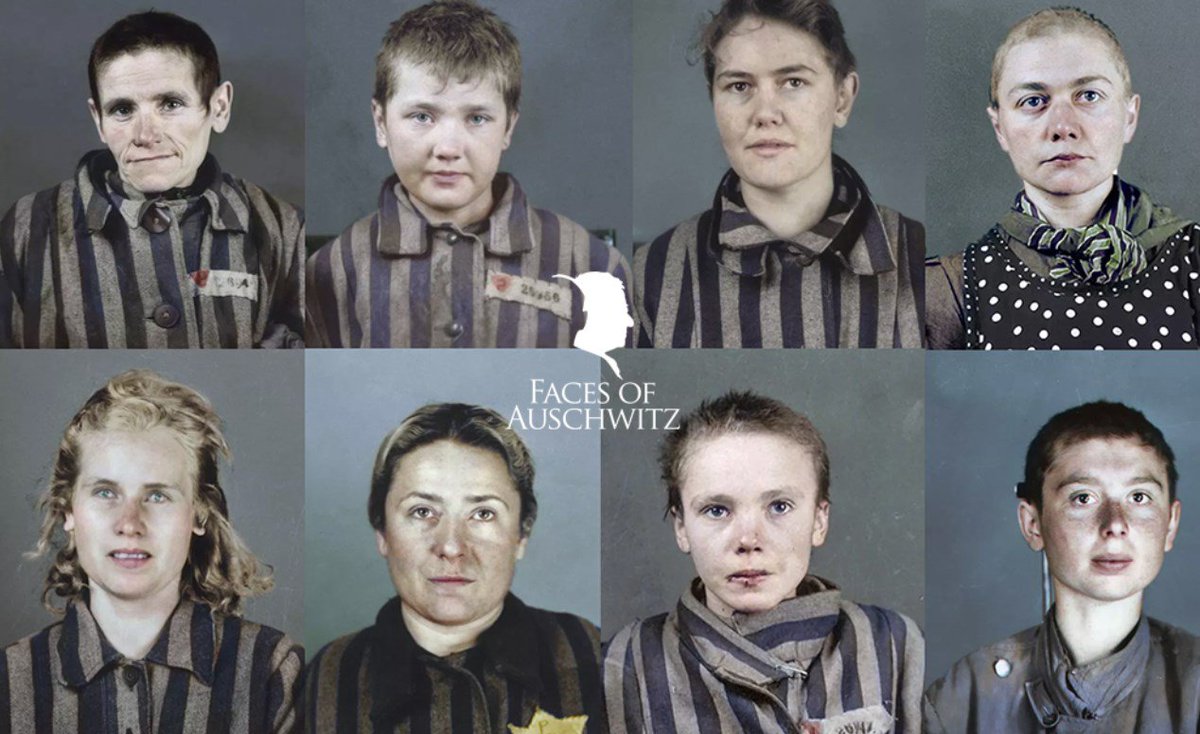The Face of Memory: The Story of Czesława Kwoka

The Face of Memory: The Story of Czesława Kwoka
She was fourteen years old. A child’s face, neatly braided hair, eyes wide with a fear no one her age should ever know. Her name was Czesława Kwoka.
Born in Poland in 1928, she lived an ordinary childhood until the world around her collapsed. In December 1942, Czesława and her mother were deported to Auschwitz, the most infamous of the Nazi death camps. She arrived as a child, but in that place of cruelty and despair, childhood had no meaning.
Only a few months later, on February 18, 1943, her life was ended by a phenol injection to the heart. She was fourteen years old.
The haunting photograph that would immortalize her face was taken by Wilhelm Brasse, a fellow prisoner forced by the SS to photograph new arrivals. Years later, he recalled how just before the photo was taken, a guard struck Czesława across the face for not understanding an order shouted in German. Her lip was bleeding when he captured the image.
In the photo, she stands silently, alone — surrounded by darkness. Her eyes are filled with terror, confusion, and something else: a flicker of life that refuses to die.
That moment, frozen in black and white, became more than a record of suffering. It became a fragment of resistance — the gaze of a child who, even as she faced unimaginable horror, still looked back at the world.
Decades later, artist Marina Amaral colorized the photograph, restoring the warmth of Czesława’s skin, the faint red of her lips, and the pale green of her eyes. Through that act, she was brought, if only briefly, back into the realm of the living — a child once again, not just a number in history.
Czesława’s face now stands for the 250,000 children who perished in the camps, children who never had the chance to grow, to dream, to live.
Her image compels us to remember — not only her, but all who were silenced. Because in that gaze lies both a warning and a plea: that horror begins when humanity looks away.
To remember Czesława Kwoka is not simply to mourn her. It is to acknowledge that even in the darkest places, traces of humanity endure — and that keeping her memory alive is not just compassion.
It is a moral duty to the future.











